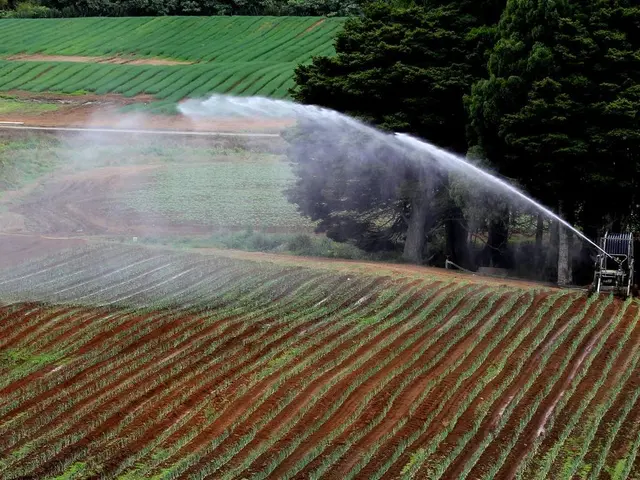Lynker Space & NOAA to Test New Space Weather Prediction System in 2024
Lynker Space and the National Oceanic and Atmospheric Administration (NOAA) are set to test their collaborative space weather prediction system for the first time in 2024. This comes as NASA and NOAA gear up to launch new heliophysics missions and a space weather observatory to enhance forecasting capabilities.
Space weather, primarily driven by the sun's activity, can significantly impact various industries. These include space traffic management, precision agriculture, and aviation. Geomagnetic activity tends to peak a couple of years after the solar cycle's peak, making accurate forecasting crucial.
Lynker Space, in partnership with NOAA, aims to provide tailored space-weather forecasts for U.S. critical infrastructure operators. The collaboration will result in sector-specific alerts and warnings, developed based on feedback from infrastructure operators. A test to evaluate this new system is scheduled for next summer.
The White House Space Weather Advisory Group's 2024 survey will guide future space-weather forecasts. With the upcoming test in 2024, Lynker Space and NOAA's collaborative efforts promise to improve space weather prediction, thereby mitigating potential disruptions to critical infrastructure.
Read also:
- Achieving Successful Bonsai Grafting: Selecting the Appropriate Scion and Rootstock for Harmony
- Marburg Buzzes With October Events: Study Guide Out, Breast Cancer Awareness Walk, New Police Dog, Digital Transport
- European consumers are on the brink of experiencing a significant leap forward in electric vehicle (EV) charging technology, as Chinese automaker BYD prepares to unveil its innovative advancements.
- India's First Indigenous Nuclear Submarine Fires Ballistic Missile








